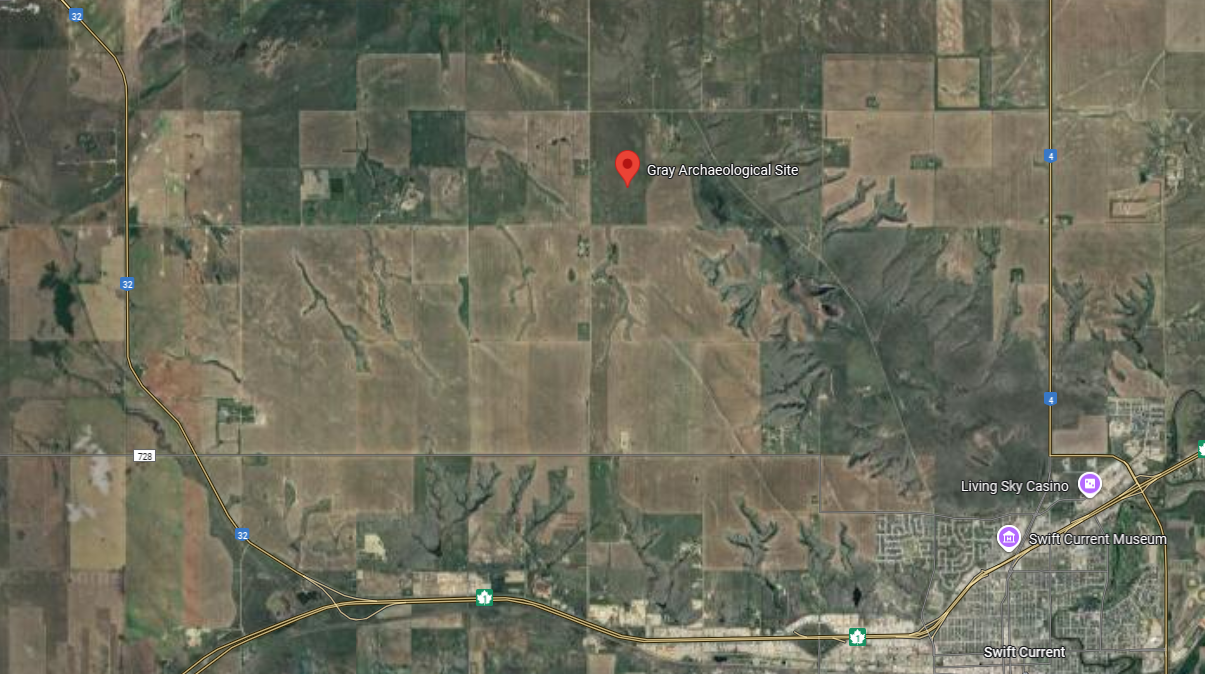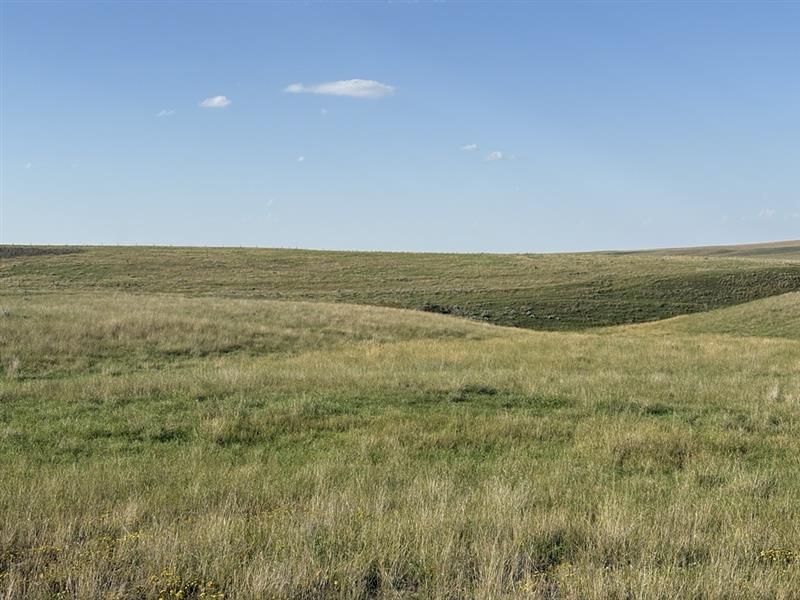Beneath the unassuming farmland of Southwestern Saskatchewan is an ancient human burial site among the oldest Indigenous burial sites on the prairies.
Designated as a national historic site of Canada in November of 1973, the Gray Burial Site is located roughly 15 minutes northwest of the City of Swift Current, in a hillside which stands guard over a ravine that was once a glacial outwash channel.
According to the Parks Canada Directory of Federal Heritage Designations, the site was determined to have been established around 3,000 BC and boasts both technological and archaeological traces of the Oxbow Complex, a late Archaic period culture that existed across the plains of North America several thousand years ago.

Since its designation half a century ago, 87 burials, including the remains of around 154 individuals, have been uncovered.
The Canadian Journal of Archaeology states that after considering new fluorine dates, radiocarbon dates, and cluster analyses of skeletal data, "the Gray Site was probably used continuously by a single group of people for a protracted period".

Character-defining elements include the site's farmland location, the integrity of the unearthed remains, the culture and time period the remains originate from, and the surrounding prairie landscape.
Anyone interested in more information about the Gray Burial Site can visit Parks Canada's website under Directory of Federal Heritage Designations or check out the symposium paper by William D. Wade in the Canadian Journal of Archaeology.
